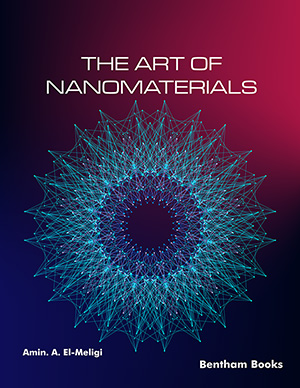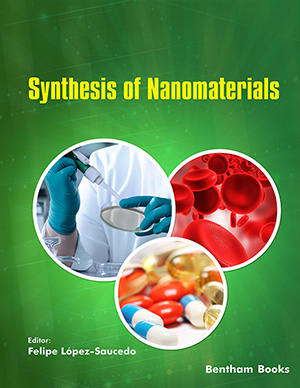Abstract
The recent accomplishment of the human genome and DNA discovery has
led to the diagnosis of many diseases caused by imperfections in genes. These diseases
involve gross disturbances in the number or arrangement of a person's chromosomes.
Hence, gene therapy has become a promising new therapy for the treatment of somatic
diseases, for example, malignant tumours [1], severe infectious diseases, such as AIDS
[2], and many genetic disorders, including haemophilia and cystic fibrosis [3]. Gene
therapy introduces a gene into human cells to replace, delete, or correct gene function
to produce a therapeutic protein with the desired action. This adjustable gene can be
used to cure any disease. In 1990, a gene therapy clinic was initiated to find treatment
for severe combined immunodeficiency (SCID). However, the first success of gene
therapy was not observed until 2000 when Cavazzana calvo et al. [4] reported a success
using gene therapy for the treatment of SCID [4]. While it has been 30 years since the
first gene therapy trial, gene therapy is still a high-risk treatment, and only a few drugs
have been approved, such as Glybera®
, Gendicine®, and Strimvelis®
.
Keywords: Dendrimers, Gene therapy, Liposomes, Non-viral vectors, Viral vectors.




















